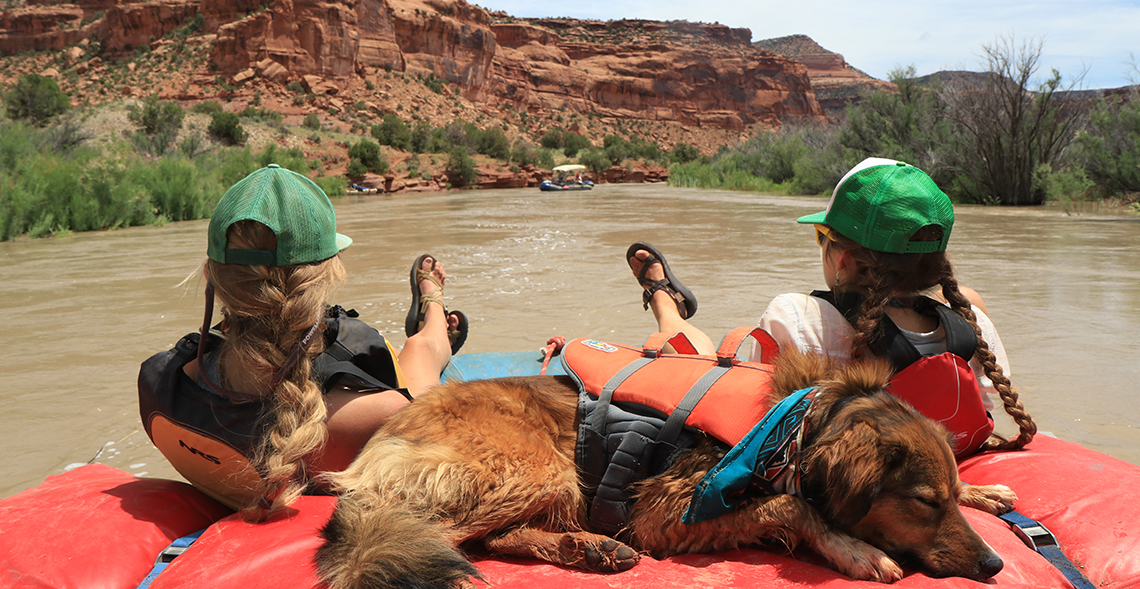The Conservation Alliance harnesses the power of businesses and outdoor communities to protect North America’s cherished wild places and outdoor spaces. Through the collective strength of our membership – companies from banks to breweries and outdoor gear – we champion solutions that balance the best interests of the land and water, wildlife, and people. Since 1989, we’ve helped protect 81 million acres and 3,580 river miles, remove or halt 37 dams, purchase 21 climbing areas, and designate five marine reserves.
In 2023 and 2024, we are investing additional advocacy resources in six priority campaigns. Each campaign is focussed on natural resource conservation, adapting to a changing climate, recognizing the rights of Indigenous communities, and protecting habitat in places that are also valued for human-powered recreation. We announce our Advocacy Priority Campaigns once a year. In collaboration with our grantees, we work to identify land and water conservation opportunities that are urgent, vital, and need national attention.
Dolores River, Colorado
What’s at stake?
For 10,000 years the Dolores River has provided and supported human life, as evidenced by incredible cultural sites in some of the steep, sandstone canyons.. In the 1980s McPhee Dam and Reservoir were built to support the growing agricultural communities in the region, and to provide much-needed water for the Ute Mountain Ute Tribe in Towaoc. However, a changing climate and prolonged drought means that for decades the reservoir has not had enough water to meet the needs of agriculture, community drinking water, recreation and habitat for native wildlife. The lack of water has been challenging for the agricultural producers as well as the 170 river miles below McPhee Reservoir that have been subject to chronic low flows, threatening the ecological integrity and recreational values of the lower Dolores River.
What’s the solution?
A National Conservation Area could effectively protect the Dolores River below McPhee Reservoir. After much community support over the course of many years, last fall Senator Bennet released draft legislation for a portion of the river corridor. While it can’t solve all the complicated issues around flows, the legislation would protect many important values while complimenting other ongoing work. Specifically, if passed, the legislation would create a new requirement for the Bureau of Reclamation to work with stakeholders on management of flows below the reservoir to benefit native fish and recreation within the sideboards of existing water law and allocation.
The Conservation Alliance will be joining groups advocating for protection of the lower Dolores River through:
- A bill to designate a 75,000-acre National Conservation Area spanning from the base of McPhee Reservoir to the San Miguel/Montrose County line, which includes more than 70 miles of the Dolores River, establishes the Ponderosa Gorge Roadless Area, and protects special river values.
.Who is The Conservation Alliance’s partner?
Dolores River Boating Advocates promote responsible recreational use and balanced flow management of the Dolores River, while working to protect the watershed for the health of the natural environment and the livelihood of future generations. The Conservation Alliance has been a proud supporter of Dolores River Boating Advocates since 2020.



